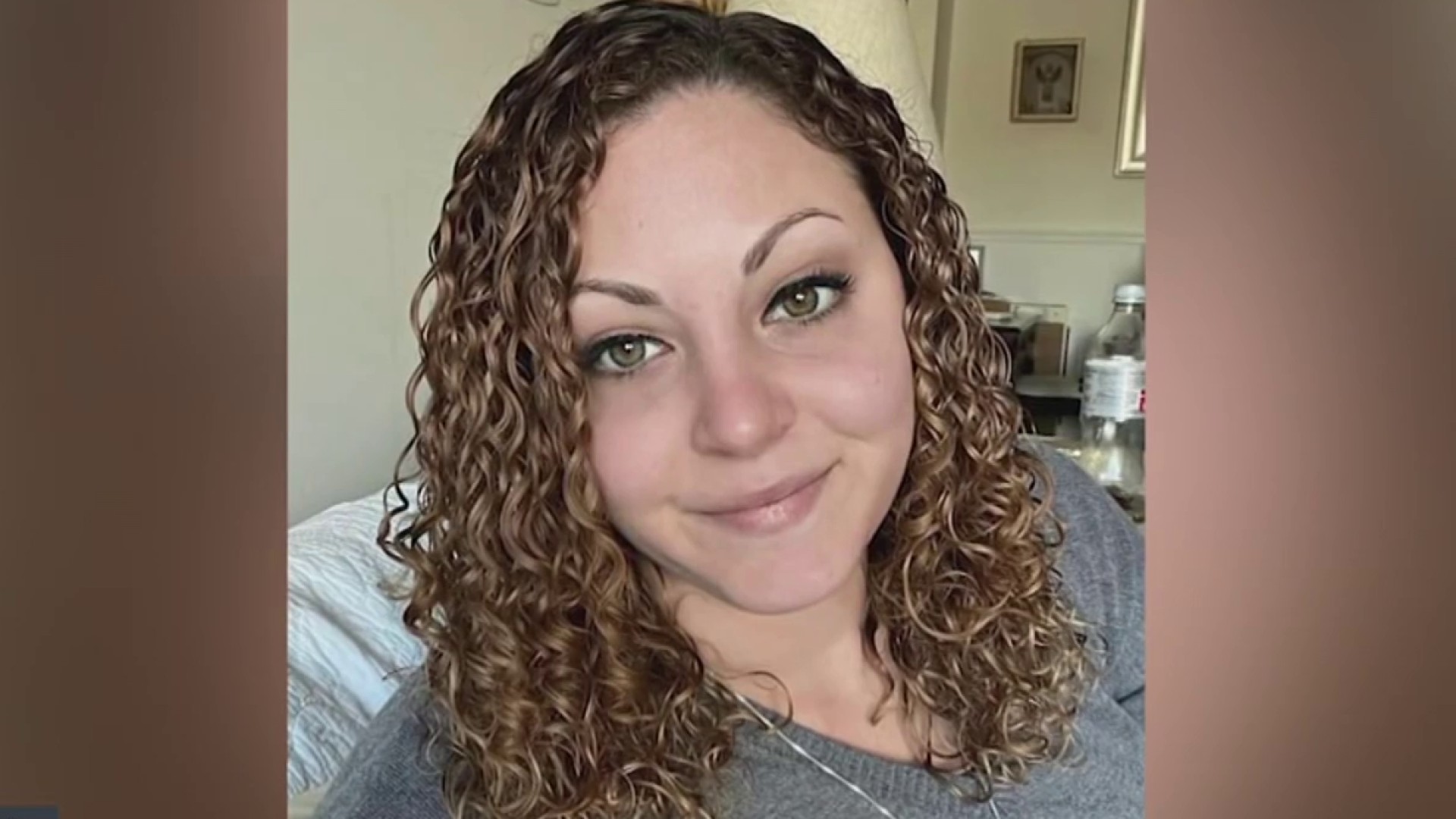The way customers order food for takeout was evolving long before the coronavirus, but restaurants had to rethink that experience entirely in March 2020 when the pandemic hit, leading to entirely new types of restaurants.
Steve Salis’ startup &Pizza became a craze almost 10 years ago. Now he owns a handful of restaurants with locations in D.C., Maryland and Virginia.
His newest venture in Bethesda, Maryland’s Woodmont Triangle may be a sign of where the industry is headed.
He calls it a digital-driven food hall designed to meet the needs of consumers on the go.
We're making it easier for you to find stories that matter with our new newsletter — The 4Front. Sign up here and get news that is important for you to your inbox.
It’s called Ensemble, and just like its name, it’s an ensemble of menus from four restaurants Salis owns.
“So we have four brands that we are currently housing under the Ensemble platform,” Salis said. “We have Federalist Pig, Ted’s Bulletin, Honeymoon Fried Chicken and Sidekick Bakery.”
“The whole idea around it is to bring multiple brands under one roof from premium restaurants and premium products and put it, like I said, under one place to curate an experience,” he said.
Local
Washington, D.C., Maryland and Virginia local news, events and information
This concept allows customers to combine items from each of the four restaurants — waffles from Ted’s Bulletin, fried chicken from Honeymoon Fried Chicken, brisket from Federalist Pig and a cookie from Sidekick Baker — all in a single order.
“We bring in what we believe to be many of the best products within each brand and we try to curate, sort of, a menu both individually by each brand and sort of by the collective to create that diversification that we think the consumer is looking for,” Salis said.
The food hall concept was expanding before the pandemic but became even more popular because of it. There are now dozens of these ventures operating across the DMV, including Ghostline in Glover Park, which opened in 2020. Several local chefs created it, pulling their talents together and offering everything from breakfast sandwiches to spaghetti and meatballs.
Ordering from these food halls is fairly simple. Customers can order in person or use delivery apps like UberEats and DoorDash. Most even have their own app.
“I think we’ve been able sort of to design it in a way where there are a lot of ways for consumers to engage with us and order,” Salis said.
Born in the era of social distancing but suitable for consumers in a rush, apps like Ensemble allow customers to select contactless pickup, where the food will be stored in a temperature-controlled locker. A notification with an assigned locker goes out once the order is done. The app displays a QR code to scan to open the locker.
“That would be a great example of sort of meeting what we believe to be something that probably will continue forward and actually was starting to happen pre-COVID,” Salis said. “You know, the more frictionless, contactless stuff. I want to be in, I want to be out, I want to be in, I want to be out.”
The term ghost kitchen describes a similar concept where a number of chefs get together under one roof — often at a nondescript location — to offer food for delivery only.



